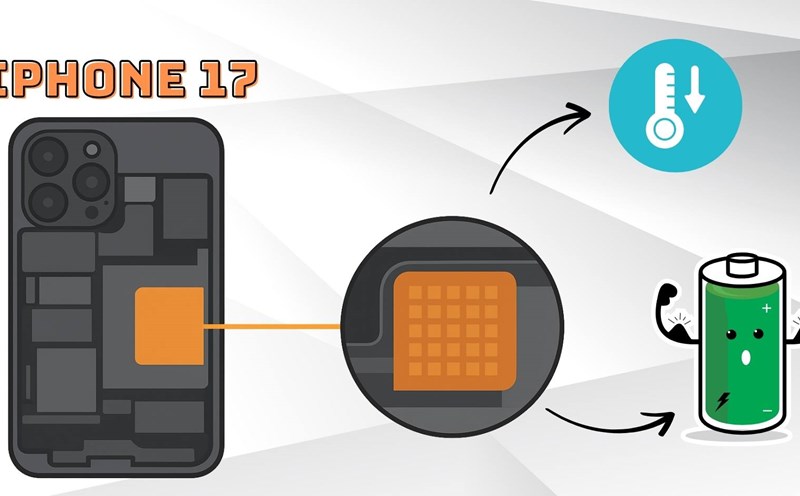The iPhone 17 Pro has just been officially launched and will be on shelves from September 19, continuing to affirm Apple's ambition in turning smartphones into professional filming tools.
The most prominent thing in this generation is the camera cluster with 5 standard cinematic features that even many high-end flip- around mirrorless cameras do not have.
The first highlight is ProRes RAW, video codecs that usually only appear on professional cameras.
With the iPhone 17 Pro, users can record the ProRes RAW when attached with an SSD and post-production processing with software like DaVinci Resolve. This helps filmmakers to edit colors and add cinematic effects right from a phone.
Second is Apple Log 2. Inheriting the ability to record Logs from iPhone 15 Pro, Apple Log 2 brings a wider color gamut, creating a flexible space for post-production, opening up many creative options for filmmakers.
Another notable feature is OpenGate. This is a recording mode that takes full sensors, allowing wide-field filming, making it easy to cut portrait or landscape videos without having to film multiple times.
This feature was once popular on high-end cameras, now appearing on iPhones.
Not stopping there, the iPhone 17 Pro also supports Genlock and Timecode through the Blackmagic Camera Pro Dock.
This is a tool to synchronize many cameras, creating an effect like bullet-time, a technique that has only been seen in action films. Now, users can do it with multiple iPhone synchronizers.
Finally, the iPhone 17 Pro continues to maintain Dolby Vision 4K video recording at 120fps, allowing for slowing down the camera while still maintaining high resolution.
Although it does not support 8K, combining 4K with high frame rate is rare even on many semi-professional cameras.
With these 5 features, iPhone 17 Pro is not simply a high-end smartphone, but also becomes a truly pocket camera, meeting the needs of common users to professional content creators.








